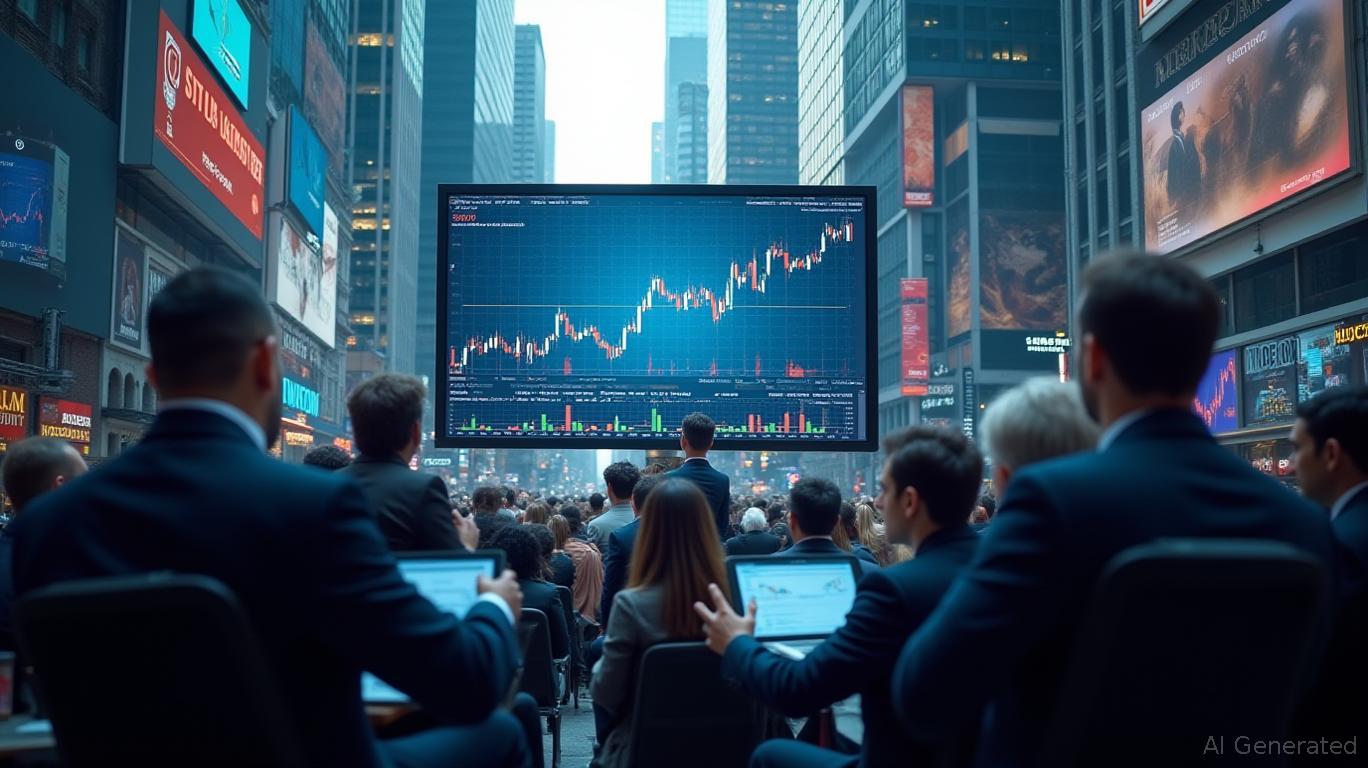Stablecoins: A New Foundation Transforming the World of Finance
Stablecoins are rapidly being recognized as a dynamic instrument for economic advancement, with their applications now reaching far beyond cross-border payments to include corporate financial management, regulatory adherence, and driving technological progress. In a recent conversation with Caixin, Binance co-founder Changpeng Zhao (CZ) highlighted how stablecoins are playing a pivotal role in updating financial systems. His insights echo the latest moves by industry leaders and regulators, reflecting a shared belief in the transformative capabilities of stablecoins.

A clear illustration of this trend is the alliance between
This project mirrors a wider movement among businesses searching for alternatives to standard treasury solutions, especially as interest rates and currency exchange costs climb. By providing a compliant and interest-bearing structure, the collaboration fills a significant void in international finance. For example, franchise owners can now pay overseas suppliers and employees within seconds and simultaneously earn returns on working capital—something previously hindered by fragmented financial systems, according to the companies’ announcement.
The rising prominence of stablecoins has also caught the eye of regulators. David Malpass, former World Bank President, recently called on the U.S. to spearhead stablecoin development, cautioning that Europe and China are moving quickly to take the lead, as he shared
Technological progress is also broadening the scope of stablecoins. Coinbase has rolled out
However, stablecoins still encounter hurdles related to regulation and security. The
As stablecoins transition from specialized tools to essential components of the global financial landscape, their influence on business efficiency, regulatory standards, and technology ecosystems is expected to grow. The ongoing partnership between NU and Dream Payments, along with policy support and technological breakthroughs, marks a significant turning point in the evolution of stablecoins and their role in transforming the real economy.